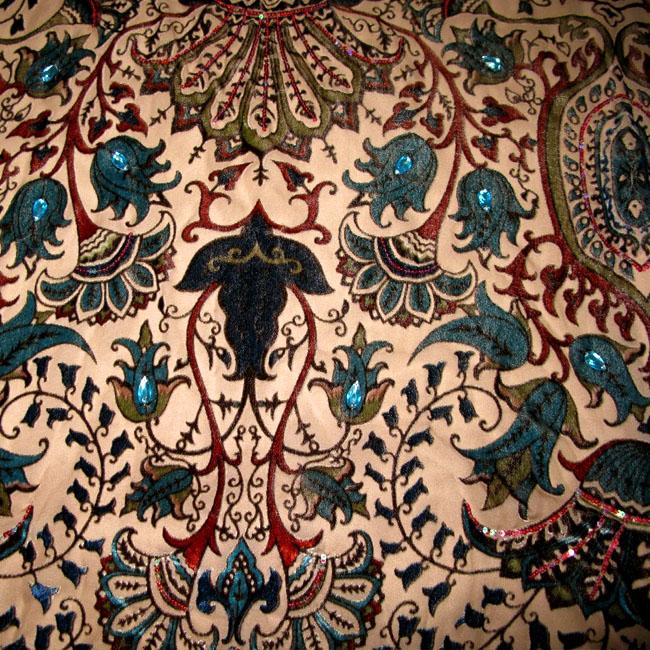Admit it or not, patterns of fabric are major factors for purchasing pieces of clothing. From shirts to trousers, jackets, and skirts, some people look for unique patterns to match other garments. You’ll be surprised how wide the selection is for fabrics, if you will visit a fabric wholesale outlet.
While there are common fabrics that are easily recognizable, the list is almost endless with new patterns or designs. If you are interested to find out basic fabric types and patterns, read on. There are numerous types to know including stripes, Anthemion, sequins, Cartouche, plaids, and more.
Types of Fabric
Fashion items you can in different retail stores come in different fabric, patterns, and design techniques. The most expensive ones involved a time-consuming process to create the design.
- Burnout
Also known as Devoré, this fabric technique is common in velvet materials. The fabric will go through a chemical process to dissolve the fibers and create a semi-transparent pattern. Using a sodium hydrogen sulphate gel, particular patterns are applied to the fabric.
- Poly Taffeta
Considered as one of the oldest luxurious fabrics is polyester taffeta or poly taffeta. It is a fine, tightly woven fabric that is either light or medium in weight. The material is soft to the touch and comes in a wide selection of colors. The best thing about this fabric is the low moisture retention feature, allowing sweat to dry off rapidly.
- Cotton
For scarves, cotton fabric is mostly used. Cotton is a go-to fabric because it is durable, breathable, and has a cooling effect. Because of its durability, the material can last even after several washes. Scarves are famous clothing accessories that are fashionable during winter, spring, and autumn. Using cotton as the material, the product can end up soft to the touch.
- Linen
Linen is highly absorbent and a good conductor of heat. The material feels soft to the touch and considered as one of the versatile fabrics. In fact, linen is best used for hand embroidery because of its nice, weft threads and even size.
- Jacquard
If you visit a fabric store, you will notice that Jacquard fabric is unique because the design or pattern is incorporated into the weave, instead of being printed or dyed. This is made from several fibers including silk, cotton, and wool, which make it pricey.
- Metallic
Metallic fabrics are fashionable, not to mention, durable because of the polyester films. These are washable but require low temperatures when ironed. This fabric is coated with Lurex and Chromeflex metal foils to create metallic appearance.
- Sequin
For extra sparkle, the plaid sequin fabric is used to create evening gowns and dresses. Depending on your preferences, there are subtypes like silk chiffon, sequin mesh, stripe chiffon, and faux fur knit.
- Stripe and Prints
Traditional lining stripes are the perfect fabric for making shirts, dresses, suits, and other garments. This material is soft to the touch, breathable, and sophisticated. Whereas, prints come in numerous patterns, from floral to patchwork, and chintz.
- Bouclé
This type of fabric carries a looped appearance that is moisture-resistant and soft to the touch. It resembles the appearance of wool but the texture is quite different. If you are into dressmaking, you can find wholesale fabric distributors that sell this fabric.
Bottom Line
Different fabrics have distinct qualities and patterns. For dressmaking, choosing the best fabric is the number one priority because the material makes or breaks the overall design. Check out designer apparel fabric for a wide array of fabric choices.
References:
https://www.tianello.com/blogs/news/what-is-burnout
https://www.leaf.tv/articles/what-is-polyester-taffeta-material/

